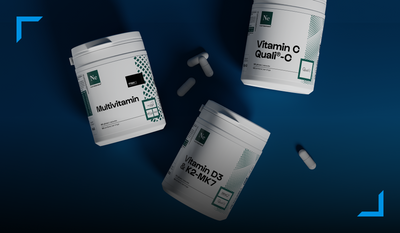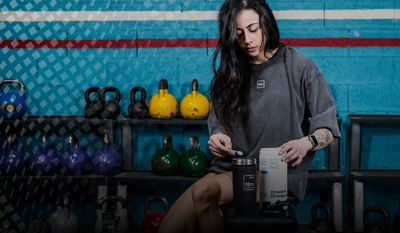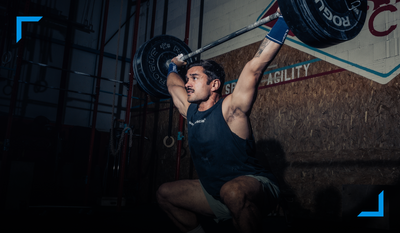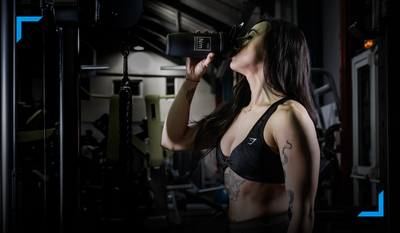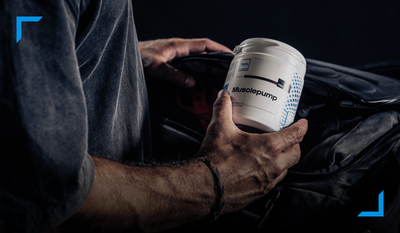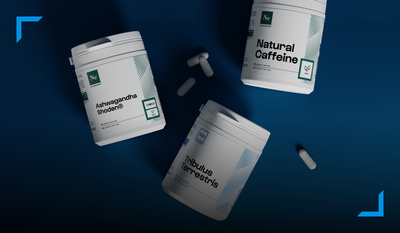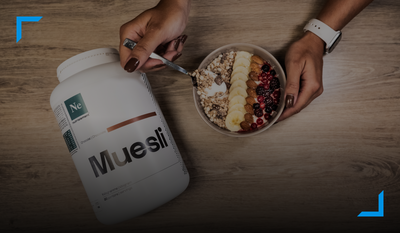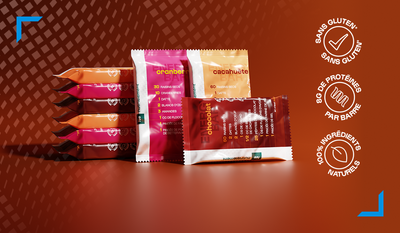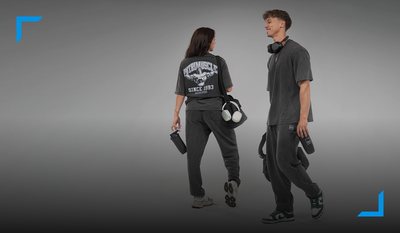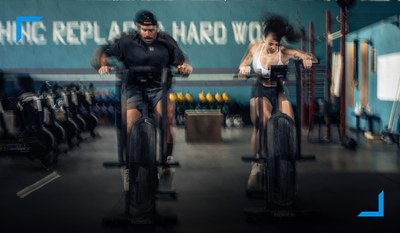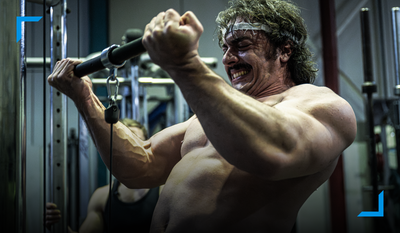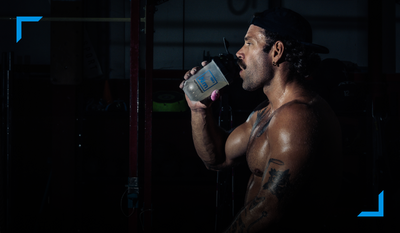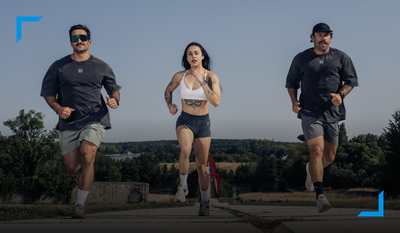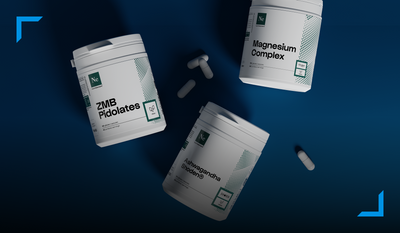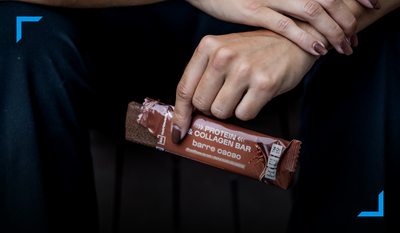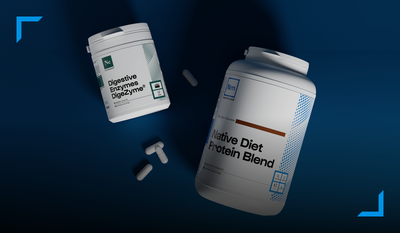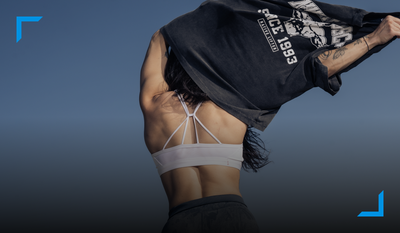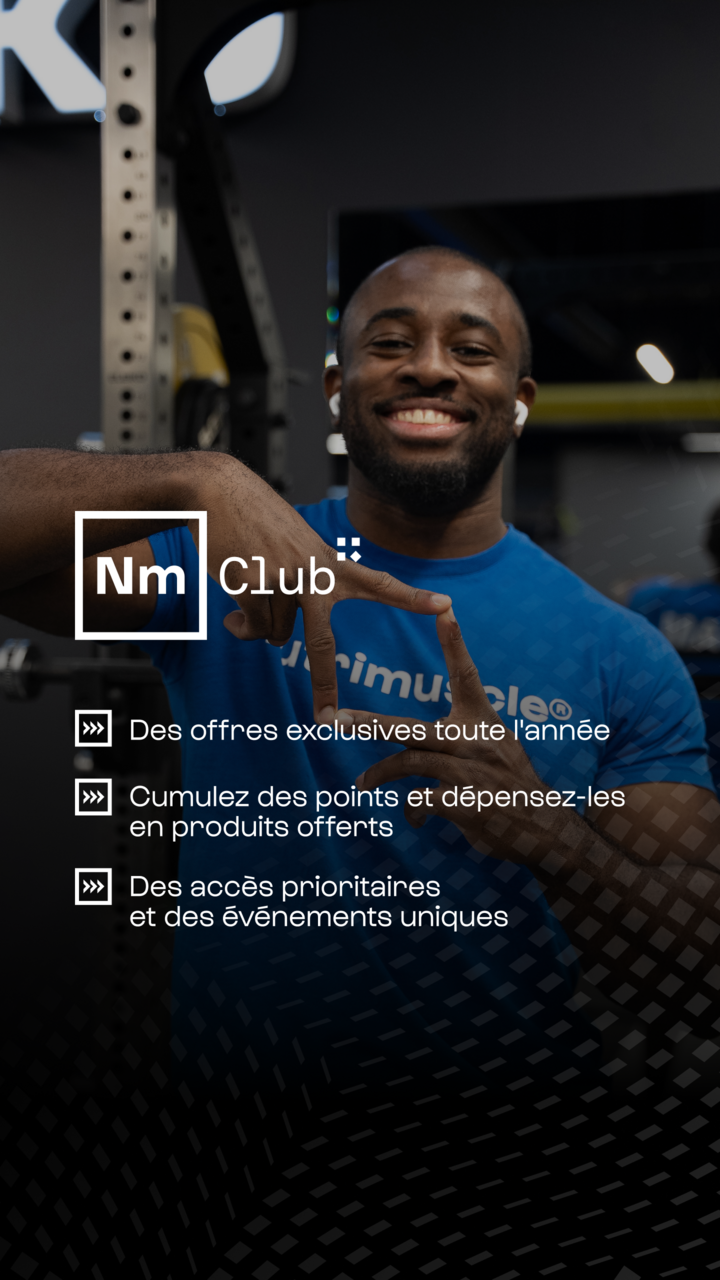0 commentaires
Often when we arrive at the gym, we let ourselves be carried away by the desires of the day or we follow the course of our training partner. In addition, we do not really plan the session. However, a sports session must be structured and divided into several times that will allow it to be optimized, thus developing your progress.
We then identify three main phases during his session: the first is the warm-up, the “warm up”, then the body of the session and training and finally the return to calm.
Michel Gillot, coach and physical trainer at INSEP, gives you his advice in this article.
Contents :
- An appropriate warm-up
- A well-thought-out session body
- A return to calm that facilitates recovery
An appropriate warm-up
Warming up, what is it and what is it for? What happens to your body when you warm up?
The warm-up is the guarantee of a good session: it allows you to work each muscle at the same possible intensity. On a technical level, a warm-up allows an increase in the speed of contraction and good coordination of the agonist and antagonist muscles (muscles which work alternately: the agonist muscle plays a motor role and contracts. The antagonist muscle stretches by stretching relaxing.)
This part of the session also helps you prevent certain injuries. For example, a good warm-up will increase the resistance of muscle tissue to tearing. It also allows to increase the rate of force, the maximum power, to facilitate the transport of oxygen and finally, to reinforce the metabolic reactions.
Four types of stretching are recommended :
- Static warm-ups : the most common stretch in the form of muscle tension without moving and waiting
- The contracted-relaxed : a partner causes you to stretch and you make a voluntary contraction on a muscle (the agonist or antagonist)
- Ballistic stretching : stretching in the form of a rebound. Example: go down in flexion to stretch the lower limbs and go up as quickly as possible
- Dynamic stretching : stretching that is similar to sports movement. Example: for a runner, do a cycle of legs with almost similar movements as during the sport in question.
Beware of ballistic stretches and those of contracted-relaxed which can be a source of injury because they are quite violent on a cold body. Do not forget to adapt the type of stretching to the sports practice.
A well-thought-out session body
The core of the workout is the sitting body. This will be used to develop or maintain a quality. Very often, the body of the session and the session are linked to a cycle of work where one can observe a repetition of several sessions on the same theme which will allow progress. Before arriving at the gym or your sporting activity, it is important to know what you want to do in your session by:
- Identifying a session theme, for example: strength work in the weight room.
- Respecting a certain intensity and a time, for example: how much I put on the bar and with how many repetitions I perform the exercise. If the theme of the session is maximum strength, it will be necessary to respect a certain methodology by following several points in particular the intensity, the time of exercise and rest between repetitions.
A return to calm that facilitates recovery
The return to calm is a privileged moment to return to a normal state before making your post-session transition: towards your private life, outside or otherwise. If you don't take the necessary time to recover, some inconvenience may arise. For example, when I leave the session, I leave quickly by car and a cramp occurs.
The return to calm is also a privileged moment on the neuronal level. Sport pushes you to a certain degree of excitability of your different systems, so it is necessary to come back down physiologically and reconnect with your environment in order to be able to calmly go about your business.




